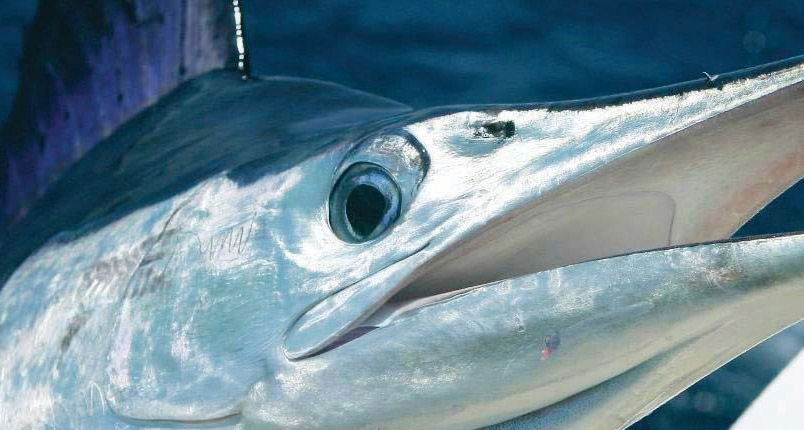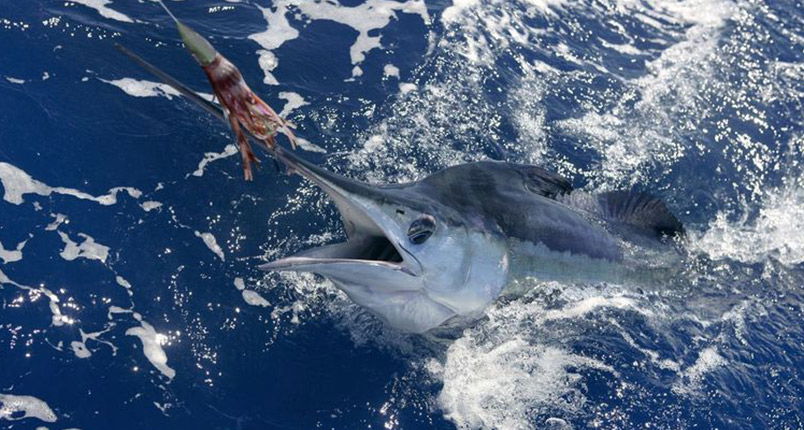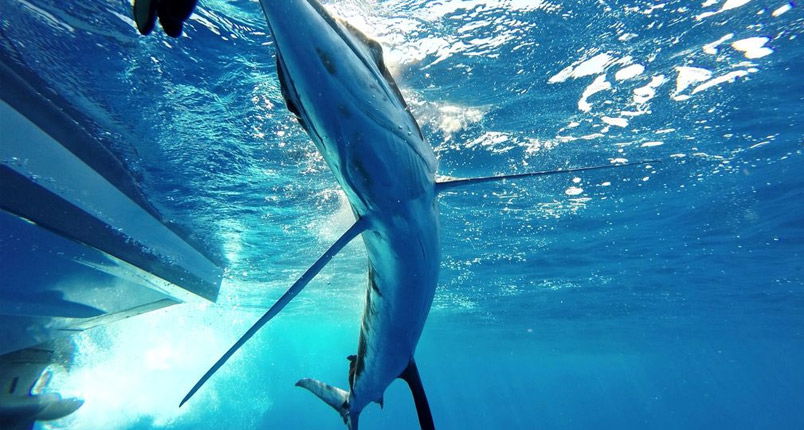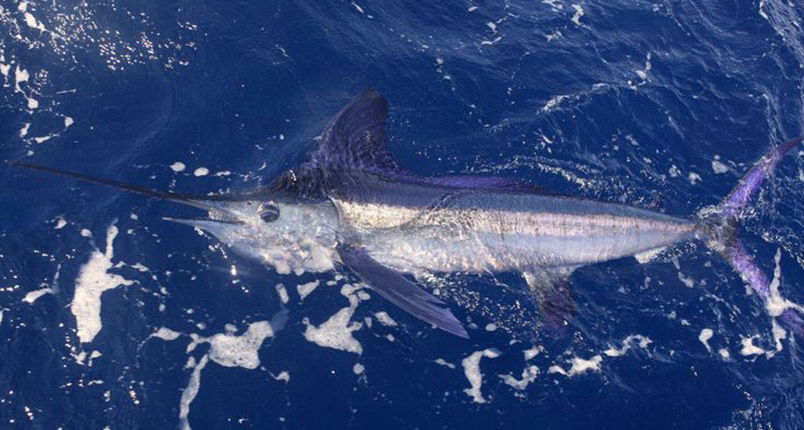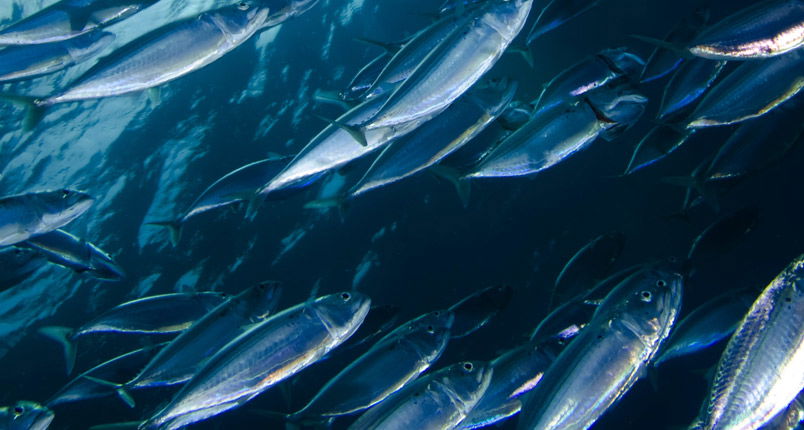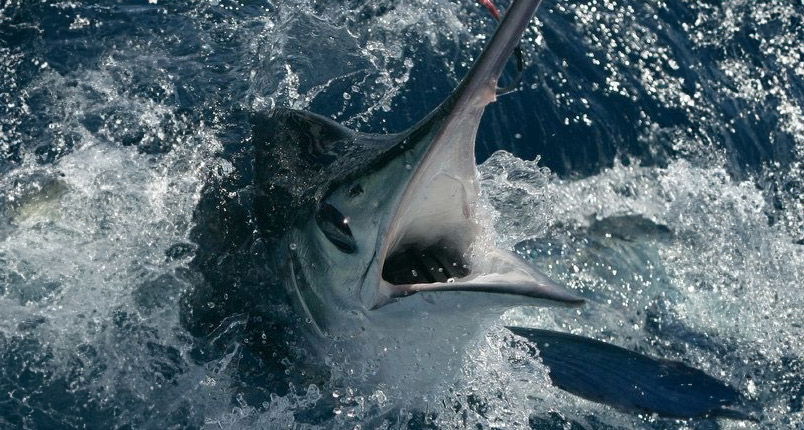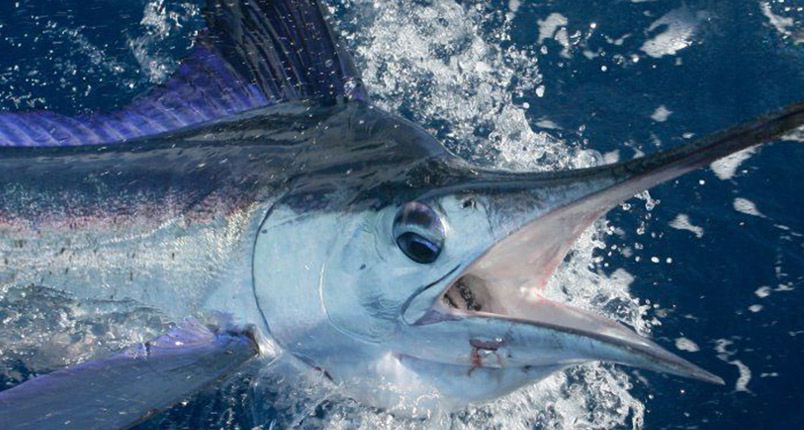White marlin are voracious and opportunistic eaters. They will eat just about any bait fish that will fit in their mouth. Their main diet consists of flying fish, mackerel, small tunas, and small mahi mahi. If they have the opportunity, they will even target squid and crabs.
